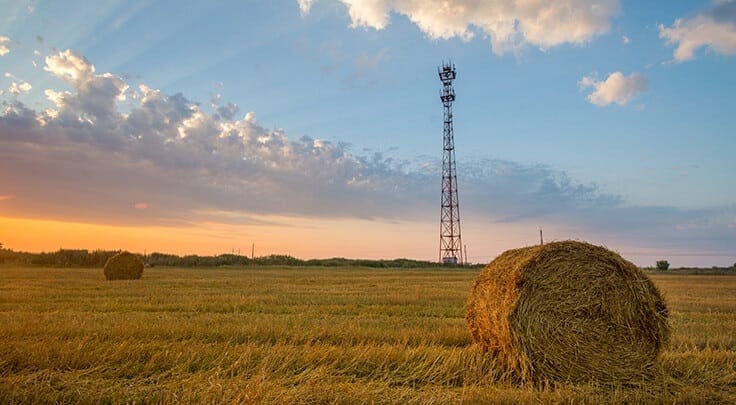Rural Connectivity Group adds 29 sites in lockdown

During the Covid–19 lockdown the Rural Connectivity Group switched on 29 new sites. The new sites connect about 2000 homes and businesses to fixed wireless broadband and increase the reach of the mobile networks. This includes mobile phone coverage for a further 110 km of state highway.
The RCG’s recent burst of activity means there are now a total of 92 sites.
RCG sites are part of the second phase of the government’s Rural Broadband Initiative.
Joint venture
The RCG is a joint venture between New Zealand’s three mobile carriers: Spark, Vodafone and 2degrees. It builds 4G towers in parts of the country that might not otherwise get cellular coverage. Another part of its job is to reduce the number of mobile dead zones on main roads.
RCG partner companies share the infrastructure. Towers have one set of access hardware and one set of antennae. Spark, Vodafone and 2degrees all offer their services from each tower. The towers are also open for wireless internet service providers or Wisps to use.
Rural Connectivity Group footprint increased by one third
Much of the work for the new towers was done before the nation went into lockdown. Nevertheless, increasing the footprint by a third at this time is an achievement.
A post on the RCG website quotes RCG chief executive John Proctor who says:
“At the time of the lockdown we had a large number of sites around New Zealand close to completion which we needed to secure and walk away from. Being granted Essential Service status means our team has focused on getting built sites ‘on air’ providing immediate service to as many rural communities as possible.”
Eventually the Rural Connectivity Group will run at least 400 towers. It will deliver broadband to around 30,000 homes and businesses in more remote parts of the country. Those numbers could rise if government finds more funds to fill in coverage gaps.
Member discussion